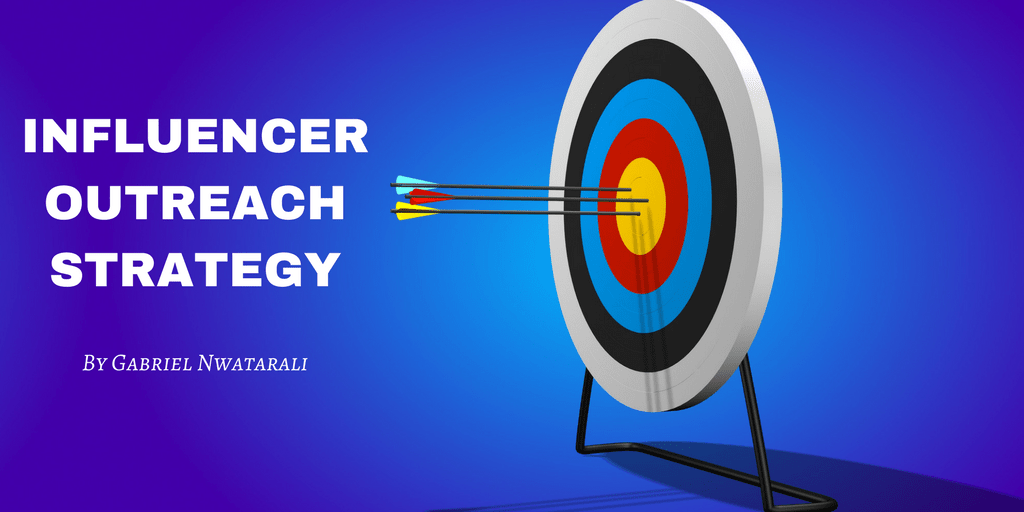This article is from a guest author. The views expressed are there own and may not reflect the views of Tech Help Canada.
Nowadays, it seems like everyone is dabbling in influencer marketing, and there’s a good reason for it. Whether you’re doing the promoting or paying for promo, it’s a win-win situation for all. Though the results and royalties are proof that influencer marketing works, we want to know who’s paying attention to those social media placements.
The rise of Instagram ushered in a new way to reach a massive number of people. I’m talking over a billion users and counting. Thus, social media influencer marketing was born.
Who is an Influencer?
An influencer is a person that has the trust of an audience for varying reasons, such as an engaging personality or domain expertise. They have a handle on what resonates with their audience and what won’t. The influencer understands a lot about their niche and studies the trends of social media to ensure they are discoverable and continuously growing.
A large number of followers doesn’t always mean an influencer is connected enough with that audience to actually “influence.” Or persuade them to buy whatever they’re promoting. Though, it is necessary to have a decent following of 5 to 10 thousand to consider yourself a micro-influencer and have brands take you seriously.
The metrics will reveal a good part of what you need to know about how well an influencer engages their followers. Those that make an effort to build relationships with their followers are the ones rising to the top.
Today just about everyone desires the role of an influencer because the pay can range from tens to hundreds of thousands per post. The line of work is typically remote, allowing you to work from anywhere in the world. And there are the benefits of receiving merchandise or discounts, the compensation, all-expense-paid trips, and networking opportunities at meaningful social events. The influencer lifestyle can be full of perks.
Why Brands Pay for Influencers
On the other side of influencer marketing, the brands see a considerable return on investment (ROI). They fork over a good bit of money upfront for their products and services to be splashed all over social media ahead of product launches, rebranding, or events to draw crowds to their business.
It’s way more effective than the old school method of flyers and billboards. You can reach people in different parts of the world that you wouldn’t usually be able to access. Once consumers hear enough glowing reviews from people they trust about your products, the orders start rolling in.
Brands of all sizes and varying budgets are tapping into this fast-growing method of marketing.
After seeing much success from influencer marketing campaigns, many brands form long-term partnerships with the influencer. This approach can help the audience believe the influencer’s appreciation for the product or service is genuine.
Influencer Marketing Statistics
Do people trust influencers?
By pairing data from their Instagram database and Statista, inBeat was able to determine who is listening to influencers the most. We’ve created a visual of the results from past conducted surveys we found through our research.
The infographic looks at the different demographic traits of people and how that affects their overall trust in social media influencers.
Not surprisingly, the 55 to 64 cohort is much less trusting of influencers than the millennial cohort. The reason is online social media influencers are typically younger and more relatable to the 25 to 34 age group.
I’ve purchased several items from my virtual “bestie” after they put their stamp of approval on it. I also am right in the middle of the younger crowd; it’s easy to see them as my peer and think, “Hey, I could use that product too.”
Wrapping Up
Influencer marketing is relative to a lot of people. For some, it’s their livelihood, a brand’s way of reaching the masses, or a consumer’s method to determine if a product or service is right for them. With the aid of this infographic, now you know who to target when considering this marketing approach. People are listening to what the influencer has to say, and that won’t change anytime soon.
About the author: Jacky Lance’s love for writing derived from her childhood of growing up in New York City. She has had a career in freelance writing for the past 8 years. Jacky’s experience has just landed her the role of Head Writer at inBeat.co where she intends to really let her creativity shine.

We empower people to succeed through information and essential services. Do you need help with something? Contact Us.
Want a heads-up whenever a new article drops? Subscribe here






